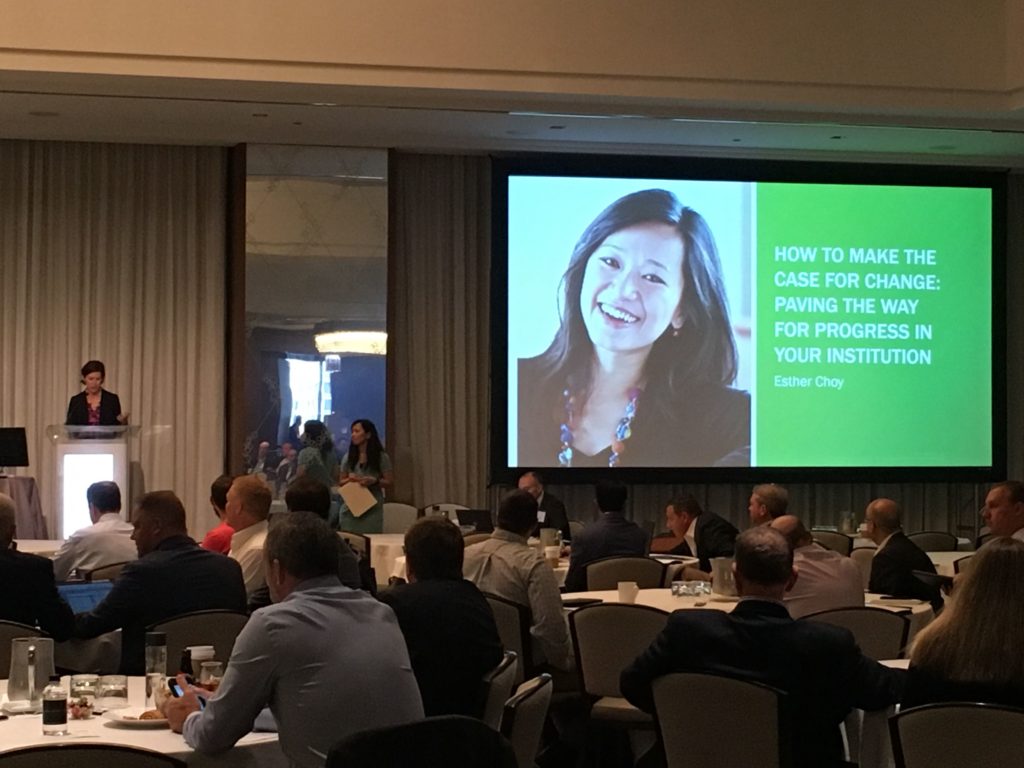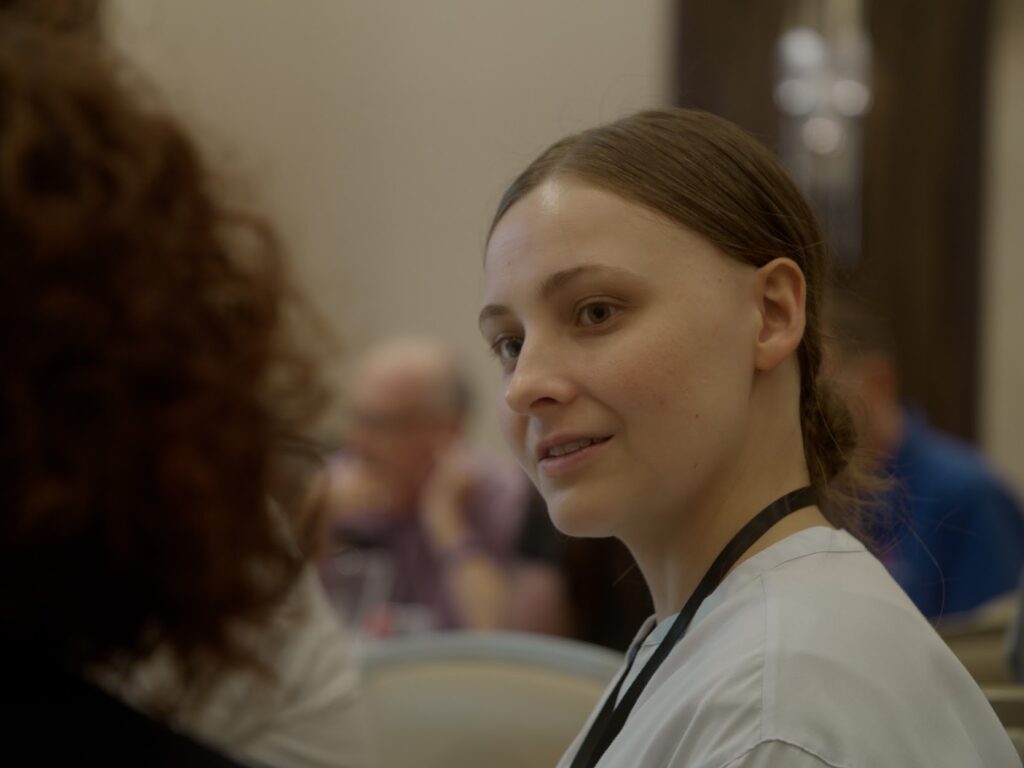March 2, 2017 / Esther Choy

People come to an event with preconceived ideas about how it’s all going to play out. Especially when it comes to annual events, people brace for the predictable. And that can decimate your attendance numbers. And when people can predict that meetings or data-heavy presentations will make up the bulk of the events schedule, they’ll be prepared to snooze. Seriously. Thirty-nine percent of people have fallen asleep in meetings!
So resist the predictable.
“View your annual event as being in constant beta mode,” consulting firm director Dave Lutz advises in Convene magazine. “Change things up 20 to 25 percent each year.”
Many companies and organizations are following his advice, and as they reinvent their annual gatherings, conferences and summits, one trend prevails: the use of “TED-style” talks. Organizations from a variety of fields—cardiology, animal science, higher education, and marketing, just to skim the surface—have all capitalized on attendees’ love of TED talks.
Organizations that decided to implement TED-style talks saw not just better annual meetings, but increased overall attendance, significant attendance from a target audience, and better year-to-year retention.
Why did TED-style talks breathe new life into annual events? These talks rely on a winning equation:
Innovative Content + Story = Audience Engagement
Stories are vital to TED Talks. Ever wondered why TED Talks feel so much more intimate than the vast majority of other talks? Or why you tend to remember their points better? It’s the stories! From the work of cognitive psychologist Jerome Bruner, we know that information is twenty times more likely to be remembered if it is anchored in narrative.
People crave new ideas. But no matter how earthshattering those ideas are, most of us can’t absorb them simply through charts and stats. We need an event that delivers its information with a hearty helping of stories.
If you’ve seen any of the three most-watched TED Talks of all time, you might remember a few of the stories they’re peppered with:
- In “Do Schools Kill Creativity?” Sir Ken Robinson shares the story of a little boy in his son’s nativity play who was supposed to say “frankincense” but instead said, “Frank sent this.” His point was that kids are not afraid to be wrong.
- In “Your Body Language Shapes Who You Are,” Amy Cuddy tells a story of an MBA classroom where she witnessed nonverbal communication.
- In “How Great Leaders Inspire Action,” Simon Sinek fires off the example of the Wright Brothers early on in his talk, and then develops the full story later on.
Not only that, TED Talks use a variety of types of stories to inspire audiences. Some use biography, sharing deeply personal stories. And while some paint a vision of the future, others bring history to life. Many share the story of a discovery. This wide range of potential types of stories is one more way stories bring so much diversity to annual events that listeners stay engaged, session after session.
Shake things up for your next recurring event. Challenge expectations. And use stories so that people will remember your content, and will start looking forward to next year’s flyer the moment they’ve left this year’s conference.
Better Every Story
"This is an amazing and insightful post! I hadn’t thought of that so you broadened my perspective. I always appreciate your insight!" - Dan B.
Join the thousands who receive Esther Choy’s insights, best practices and examples of great storytelling in our twice monthly newsletter.



